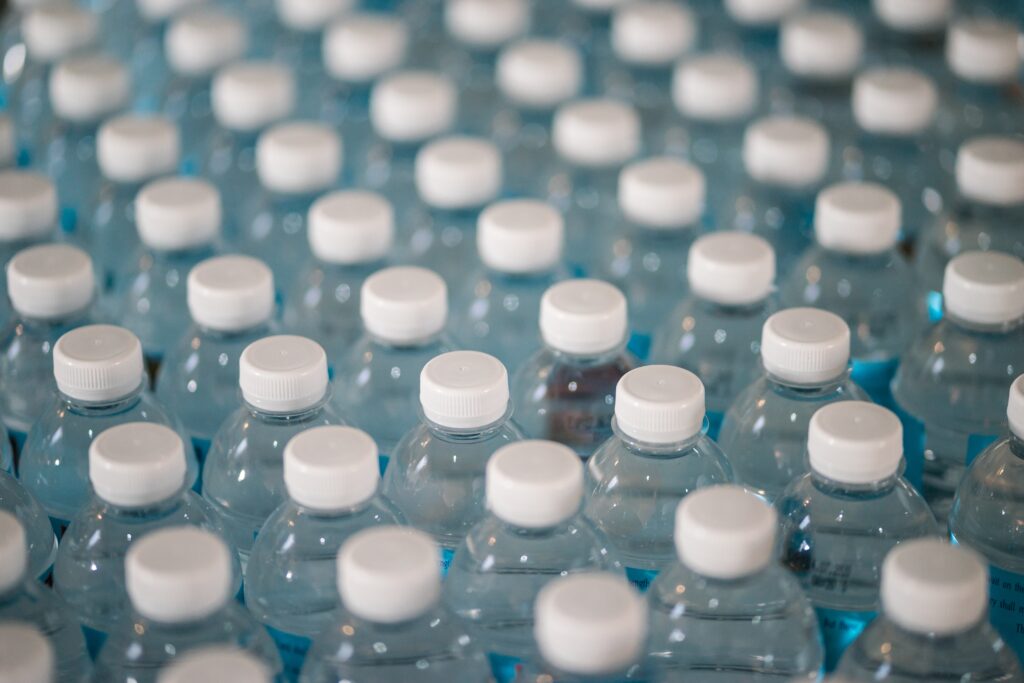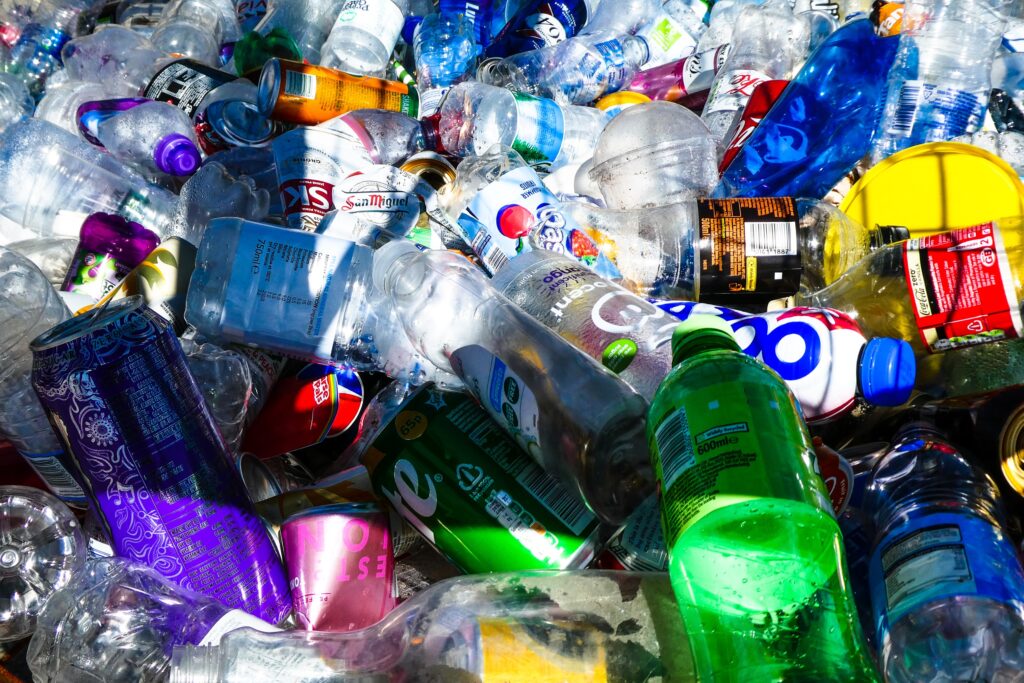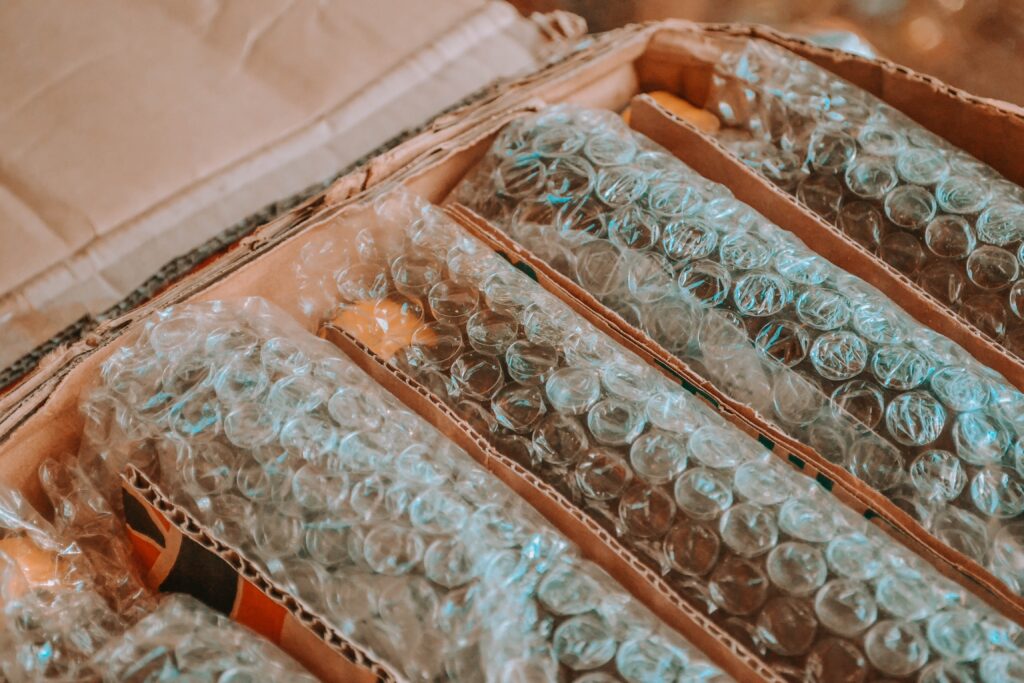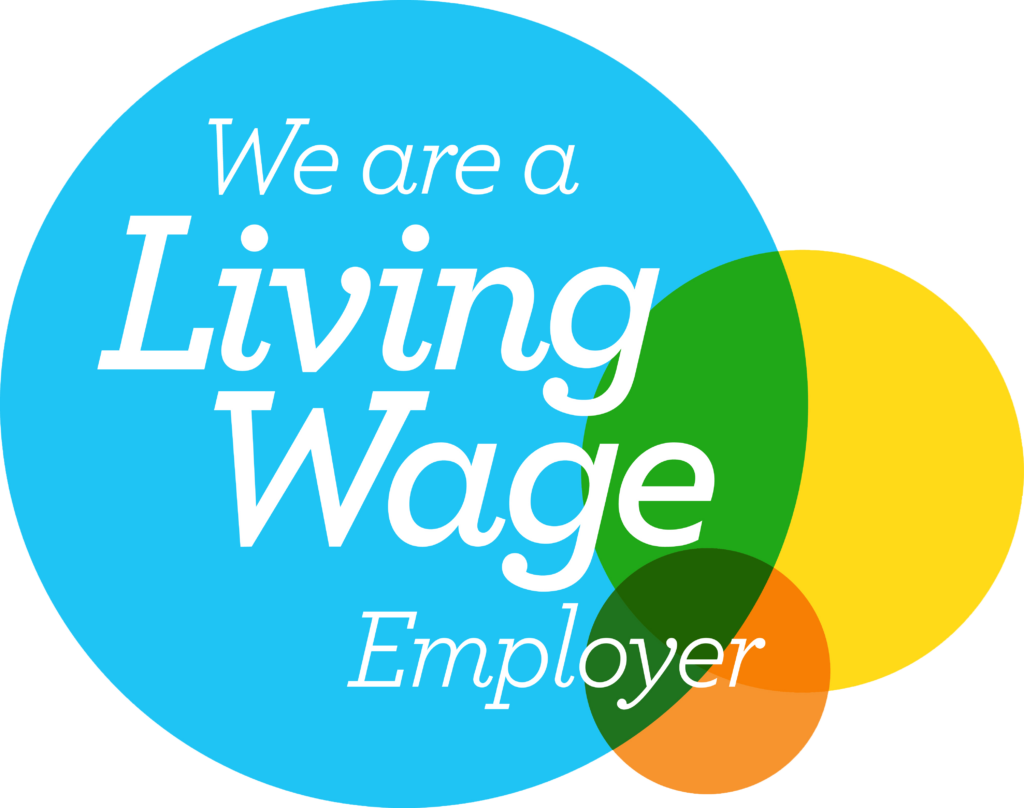BLOG
Plastic Packaging Tax is coming into effect on 1st April. Have a look at our FAQs to find out what you need to know and how to prepare.

What is the plastic packaging tax?
The plastic packaging tax (PPT) is a tax on any plastic packaging that is not made from at least 30% recycled materials and is being introduced from 1st April 2022.
If your business imports or manufactures more than 10 tonnes of plastic packaging per 12-month period, you must register with HMRC.
What does this mean?
Any plastic packaging, whether imported or made in the UK, that is not at least 30% recycled materials by weight, will be subject to PPT.
Just packaging?
Yes, but that includes packaging that is filled or unfilled.
For example, plastic drinks bottles could be subject to tax, whether they are imported filled or ready to be filled.
How is the recycled element calculated?
It is calculated by weight. At least 30% of the weight of the component must be made from recycled plastic.
How is plastic defined?
For PPT, plastic is defined as “a polymer material to which additives or substances may have been added”.
How is packaging defined?
Packaging subject to PPT is that which is designed for use in the supply chain or for a single use by the consumer.
For that in the supply chain, it will either contain, protect, handle, present or deliver the goods. For example ready meal trays; film to protect goods; yogurt pots.
Consumer packaging is that which is used for either containment, protection, handling, presentation or delivery of goods. For example plastic bags; disposable cups; gift wrap.
How is recycled plastic defined?
Recycled plastic is that which has been reprocessed from recovered material by using a manufacturing process, so that it can be used either for its original purpose or other purposes. Recovered material is either pre- or post-consumer plastic that has been collected and recovered.


What if my packaging is made up of several materials?
HMRC has published guidance on how to calculate whether multiple material packaging components are considered as plastic.
In general, if plastic is the heaviest material, then the packaging is considered plastic.
What if the packaging is made up of several components?
If your packaging is made up of several components, you need to check if each component is subject to PPT. If a plastic packaging component is made up of multiple materials, but contains more plastic by weight, then it will be classed as plastic packaging.
HMRC have published guidance on how to work out the weight of plastic packaging components for the purposes of PPT.
How do I know if I meet the 30% threshold?
You will need to work out what the packaging is made up of, and how much by weight contains recycled plastic. This guide gives you details on how to do this.
Are any sector exempt?
Yes – certain sectors are exempt, such as packaging for licenced human medicines; packaging for transport on international journeys (e.g. if it doesn’t arrive in the UK).
Are there any plastic items that are not subject to the tax?
Yes – HMRC have provided a list of items that are not subject to PPT.
These include items that are primarily designed to be reused for the presentation of goods, such as sales presentations stands; packaging which is an integrated part of the goods where the goods cannot reasonably be consumed without the component (e.g. inhalers); and packaging that is intended for long term storage of goods; such as tool boxes.
Generally, any disposable or single use plastic packaging is subject to PPT. Find out more detail here.
Who pays the tax?
Where the packaging is produced in the UK, the producer/manufacturer pays PPT. If is imported, it is the person on whose behalf the packaging is imported that pays the tax.
However, it is likely that the cost of this will be passed on to customers or businesses purchasing from the manufacturer or importer.
My business manufactures packaging, but does not carry out the whole process. Who is liable for the tax?
The business responsible for PPT is that which carries out the “final substantial modification” to the component before the packing or filling process.
This means any process that substantially changes the features of the component – such as moulding, layering, forming and printing.
Some elements are not classed as “substantial”, such as cutting (e.g. cutting formed trays from a larger sheet); labelling (although the label itself may be subject to PPT) and sealing, such as attaching two sides of a piece of film to close a bag. Please check the HMRC guidance for full details of what’s included.
I only import a small amount of packaging, will I still be subject to PPT?
PPT applies if you produce or import more that 10 metric tonnes of plastic packaging in a 12-month period. If you import or produce more than this, or expect to, you must register with HMRC.
Does all packaging count towards the ten tonne threshold?
No – there are some items that PPT is not charged on. These include transport packaging used in the delivery of goods in the UK – i.e., packaging used for preventing damage on grouped packaging during shipment to the UK; and packaging used for stores on international aircraft, ship and rail journeys – however if the packaging is subsequently imported in the UK it will need to be recorded as imported plastic packaging.
Do I need to do anything if I already use more than 30% recycled plastic?
Yes. Plastic packaging containing over 30% recycled plastic is not subject to tax, but if you produce or import more than 10 metric tonnes per 12-month period you will still need to register with HMRC and keep records of this.
What about food packaging?
Food packaging should only contain recycled plastics where is it permitted under food safety standards. It is still subject to PPT if applicable. All other plastics still need to comply with other regulations.
How much will I have to pay?
The tax is £200 per metric tonne of plastic packaging that contains less than 30% of recycled materials.
How do will I pay?
You will need to make a return and payment to HMRC every quarter. These need to be made no later than the last working day of the month following the end of the quarter.
Anything else I need to know?
Yes. Even if your packaging is 30% recycled, you will still need to register, file and retain evidence to show that it meets the threshold.
HMRC will assume that packaging doesn’t meet the recycled content test unless it is shown to do so.
Where can I find further information?
If you want any further information, ask your accountant, look at the detailed guidance published by HMRC or contact us as our team would be happy to help.




